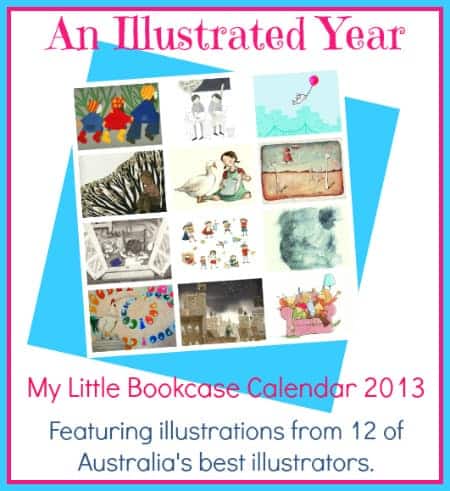 |
| Money, money, money. Makes the world go 'round. |
The concepts on the table were that money is a decimal system and that different countries use different currencies (but that they too are mostly decimal systems) and making purchases and change to the nearest 5 cents.
I discovered early in the process (within three minutes of opening the discussion) that most of my students (years 3 and 4) didn't understand the concept of money itself. Of course, they understood how to use it, but not that money is a medium of exchange with a representative value. It's actually a very abstract concept that takes a little mental gymnastics to grasp. Luckily for me YouTube abounds with funny, and quick, clips about the history of money that explain it visually.
 The class comprises children from a wide range of countries and so our discussions moved fairly naturally into the currencies of their home countries. Gotta love those moments of classroom serendipity! Follow up learning involved handling foreign currencies, exploring their shared and different characteristics and searching a world map for their origins.
The class comprises children from a wide range of countries and so our discussions moved fairly naturally into the currencies of their home countries. Gotta love those moments of classroom serendipity! Follow up learning involved handling foreign currencies, exploring their shared and different characteristics and searching a world map for their origins. The currency we were using has been collected over a number of years from my, my family's and friends' adventures. One of my favourite teaching moments so far has been the look on a student's face when she picked up a banknote and realised that, like her, it was Mongolian. To watch her move around the room showing her classmates made me feel like I'd won the lottery because, ladies and gentlemen, that made all the abstract, conceptual, airy fairy talk about money MEAN something to every child in the room. Five minutes later we had a rerun with another student with Fijian money. Woot woot!
 Here's a quick question for you... Which country has ON THE SHOULDERS OF GIANTS printed on the rim of its coins (as being examined in the photo on right about)?
Here's a quick question for you... Which country has ON THE SHOULDERS OF GIANTS printed on the rim of its coins (as being examined in the photo on right about)?Being so close to Christmas opportunities to practise purchasing and making change were plentiful. My local department store generously provided me with a class set of catalogues from which each student wrote an unrestrained (and almost invariably obscenely huge) wishlist. For many of the children the challenge lay in tallying their items' costs because it was their first experience adding decimals. (Calculators were well used!) The funniest part (for me at least) came when I later gave them each a budget of roughly half their individual original price tally and they had to modify their wish list and tell me how much change they'd get from their budgeted amount. Ha! Yes, I am that mean!
 Following this we planned a class market. As a class we designed a currency - recalling the shared characteristics of the foreign currencies and that it needed to be a decimal system - and formed sales units. Each sales unit designed and produced a small paper based Christmas product (i.e. cards, wrapping paper, note pads, gift tags, post cards) and set a price point. (Four of the five groups discovered the efficiencies of a production line which resulted in some pretty challenging conversations.) Each child received a small payment and trade opened. Some stalls sold out while others struggled but... Everyone bought and sold something, several somethings actually! Our neighbour teacher came to do some Christmas shopping also which pleased the children immensely.
Following this we planned a class market. As a class we designed a currency - recalling the shared characteristics of the foreign currencies and that it needed to be a decimal system - and formed sales units. Each sales unit designed and produced a small paper based Christmas product (i.e. cards, wrapping paper, note pads, gift tags, post cards) and set a price point. (Four of the five groups discovered the efficiencies of a production line which resulted in some pretty challenging conversations.) Each child received a small payment and trade opened. Some stalls sold out while others struggled but... Everyone bought and sold something, several somethings actually! Our neighbour teacher came to do some Christmas shopping also which pleased the children immensely.At the end of the day, the lessons learnt were many and varied. Perhaps the most interesting - particularly at this time of endless retail








